A resurgence in the traditional drink is offering rural communities independence and a sustainable alternative to industrial soy and cattle farming
Four men emerge from the intense heat and steam of the barbacua into the cold winter’s night in the rural district of Edelira, southern Paraguay. They rest, leaning on pitchforks they have used to turn over the prized load of fragrant yerba mate leaves inside this traditional drying oven. The centuries-old design drives hot air from a fire on to the large wooden frame where the leaves sit.
“I control the leaf’s humidity through intuition,” says Lisandro Benitez, the group’s lead, or uru. “Too humid and it won’t have the right flavour, too hot and dry and it could catch fire.”
The tough green leaves are harvested from trees on the plantations of the 134 small-scale farming families that form the Onoiru Association of Agroecological Agriculture. The organic yerba mate is used to brew infusions of the country’s national drink, which has enormous cultural and economic importance in the country.

In their home nearby, Zulma Chavez and Ireneo Vega, members of Onoiru – which means camaraderie – sit by a roaring wood stove, drinking mate together. Chavez pours hot water from a kettle on to yerba leaves in a gourd, then uses a metal straw with a filter, known as a bombilla, to sip the bitter, caffeinated tea. She repeats the process, this time passing the gourd to Vega.
“The indigenous peoples invented this way of drinking,” says Vega, switching continually between Guarani and Spanish, Paraguay’s two official languages. “Yerba mate is a major part of our culture. It is a meeting point that gives us a space to talk among ourselves.”
The gourd is typically passed between everyone – friends, family, even strangers. However, since the start of the Covid-19 pandemic, authorities have advised drinkers to refrain from communal drinking outside of family groups.
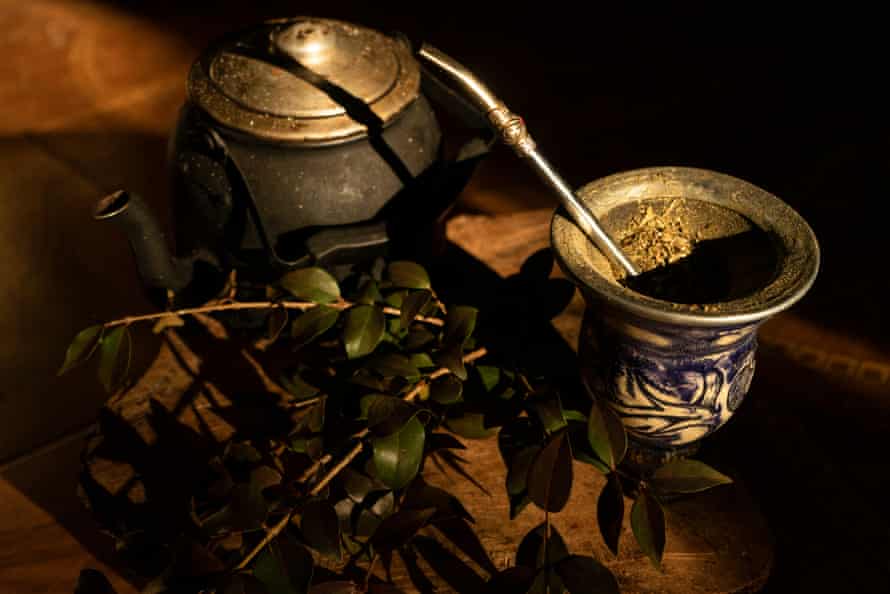

While mate is also hugely popular in nearby Argentina, Uruguay and southern Brazil, Paraguay is set apart by the prevalence of terere – an ice-cold version of the drink, popular during the sweltering summer – and the tradition of adding native, medicinal plants – poha nana – to terere and mate, a practice that is passed down through the generations.
In 2020, Unesco recognised tererein the culture of poha nanaas part of the intangible cultural heritage of humanity.
“I learned about medicinal plants through my mother. She taught me them, name by name, and I still remember,” says Chavez, 57, as she lists examples: avocado leaf for the kidneys, siemprevive for the heart. She now plans to teach them to her three-year-old granddaughter.
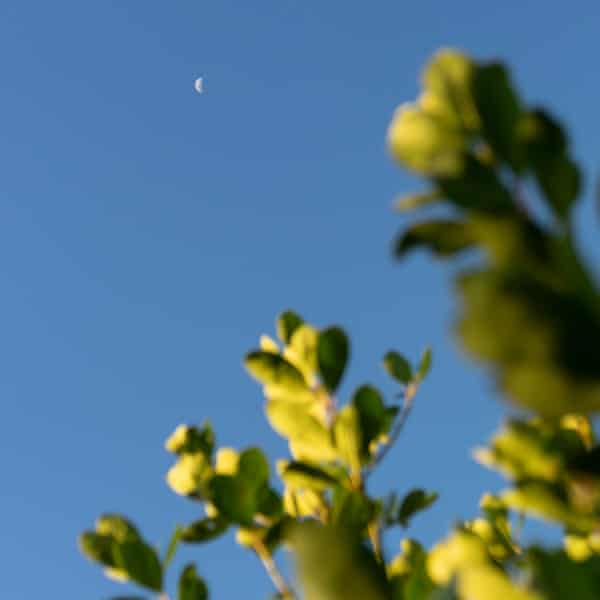
Yerba mate’s historical importance in Paraguay cannot be overstated. Historian Herib Caballero Campos says that the leaf was the mainstay of the country’s economy for more than 300 years, even becoming currency in the absence of metal coins.
The grand stone ruins of 17th-century Jesuit reductions, where missionaries organised the mass production of yerba mate by indigenous communities, are still imposing features in southern Paraguay. However, since Europeans arrived in the region, the industry has been marked by violent exploitation.
Around the turn of the 20th century, widespread debt slavery saw workers known as mensues sent into the then-endless subtropical forests to gather wild yerba mate, as Spanish anarchist Rafael Barrett movingly documented in a 1908 series of articles.
“Those poor unfortunates were practically sentenced to death. The work and living conditions were terrible,” says Caballero Campos.
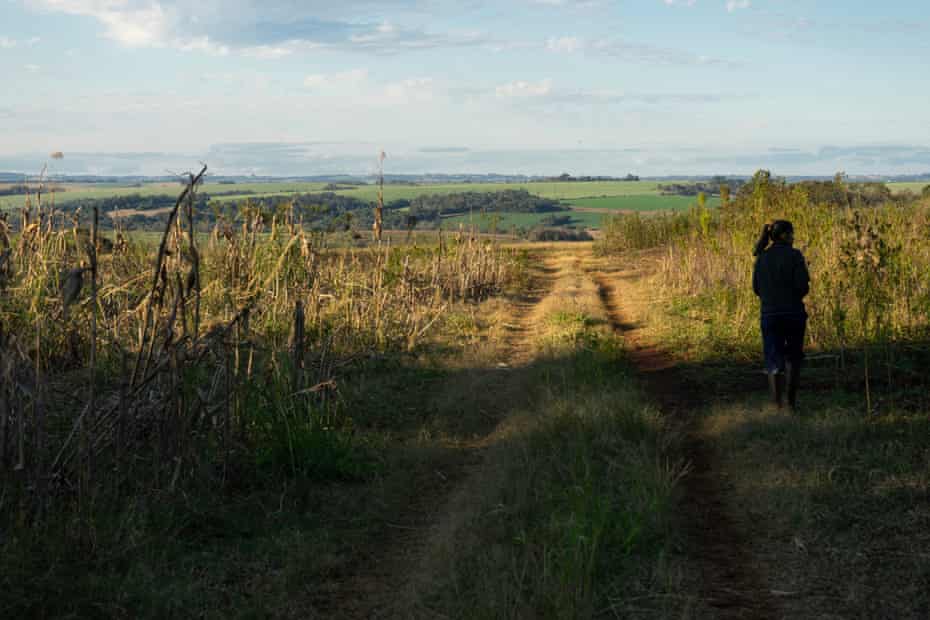
Although the mensu system has disappeared, organisations such as Onoiru still denounce and fight against wrongs affecting people today in rural areas, where 37% of the population live.
Pedro Vega, Ireneo’s son and Onoiru’s general manager, says the Paraguayan state pursues a development model that heavily prioritises industrial agriculture – principally genetically modified soy cultivation and cattle ranching – while offering “practically no support of any type” to small producers.
This model has contributed to Paraguay having one of the highest inequalities of land ownership in the world, has stymied development in rural communities, and stimulated mass migration into urban poverty belts.
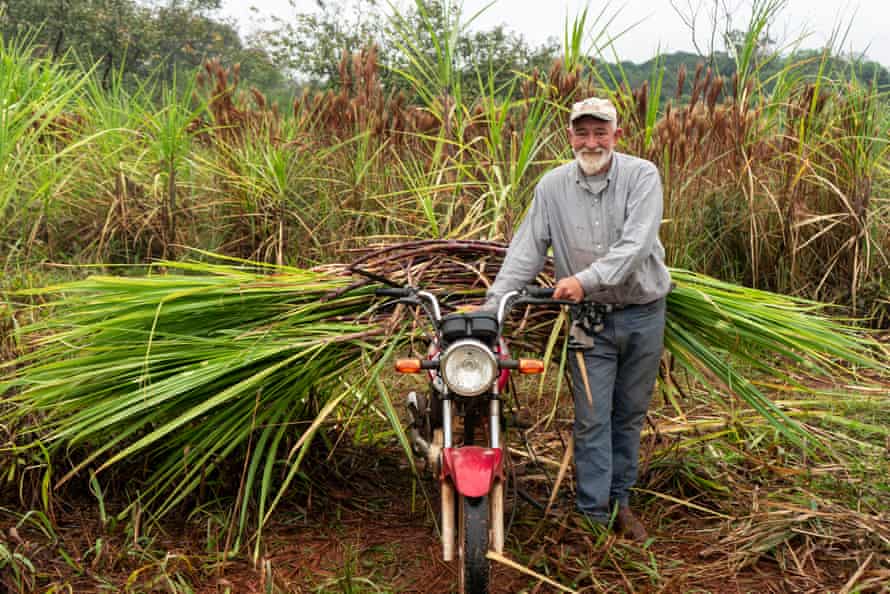

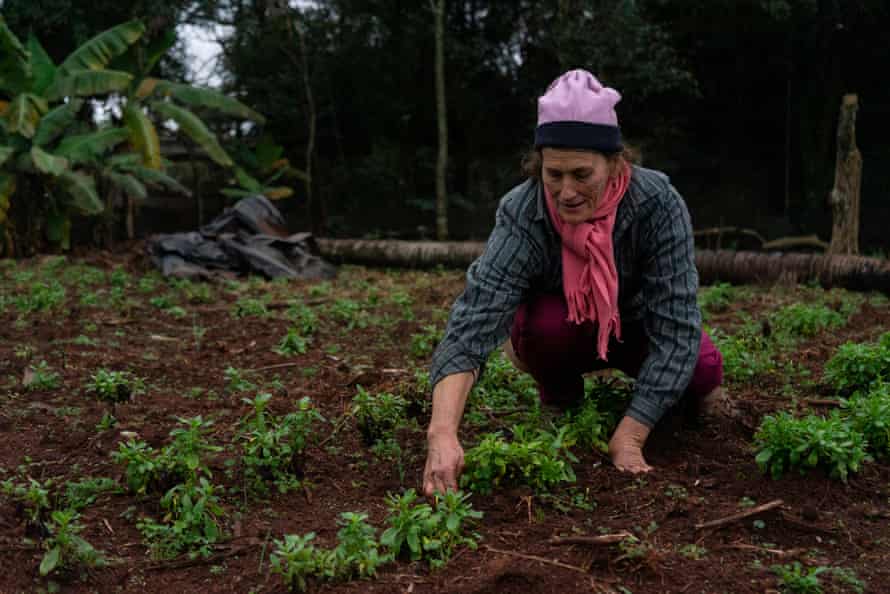

Paraguay’s indigenous peoples, the original consumers of yerba mate, have not benefited from the popularity of their one-time spiritual leaf. Some 60% of indigenous people live in extreme poverty according to a 2015 UN report – far above the national average.
“Onoiru is part of a movement looking to create a fairer model of society using our natural resources, so that our young people can stay in their communities and have decent living and work conditions,” Vega says.
He says, after receiving initial support from NGOs, they are achieving their goals: the association pays producers more than the large buyers that dominate the yerba market, has created 20 full and part-time jobs, provides training, and is democratically run by its members.
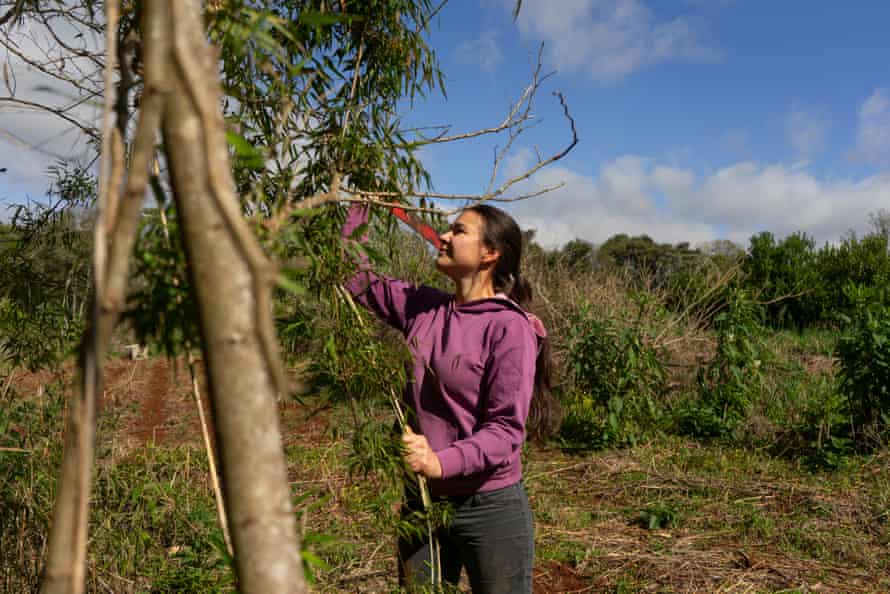
Vega believes members’ commitment and sense of belonging to Onoiru also allows them to work through challenges such as a recent fire that led to a loss of yerba mate and processing equipment.
In the well-equipped packing room, Cinthia Nunez, a recent graduate, works alongside her mother Clotilde Moreira.
“The majority of people in the community form part of Onoiru – that’s good because it lets the community grow,” says Nunez.

Another key priority for the families is to ensure that their plantations are agroecological. As Ramon Benitez, a founding member of the association, walks through the vegetation on his smallholding, he explains that the forest has regenerated since he stopped ploughing the land to grow soybeans 25 years ago.
“There is a yerba tree that the birds germinated for us – we’re in its natural habitat,” he says, pointing. “I stopped growing soy because it was poisoning me.”
Edelira, like huge swathes of Paraguay, is affected by the widespread use of agrochemicals, often in violation of regulations, prompting denouncements from the UN. The recent documentary Paraguay’s Poisoned Fields highlighted the damage to health as a result.
In 2003, 11-year-old Silvino Talavera died after being sprayed with pesticides in Edelira. The case led to Paraguay’s first conviction for death caused by indiscriminate use of agrochemicals.
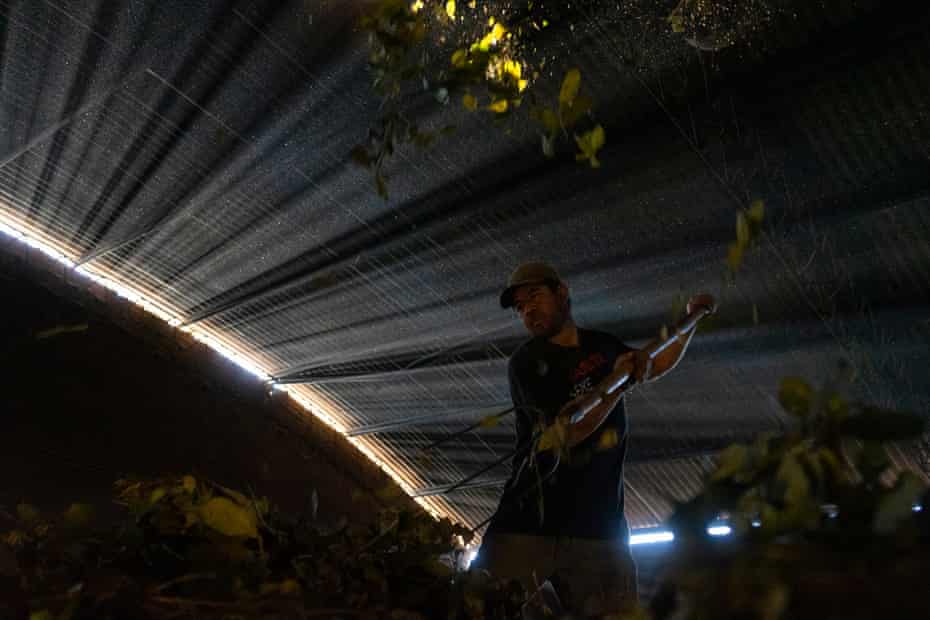
Standing by a stream running through his land, Benitez expresses grief that the fish have disappeared since soy was planted in a neighbouring field.
“It affects our health; it affects the animals. We reported it to the authorities, but they never came,” he says. “We aim to produce without damaging the environment, in harmony with everything.”
Addressing gender issues has also been a key part of Onoiru’s plan to improve life in the communities.
In the studio of the association’s community radio station, Mabel Sanchez, president of the Onondive (Together) Women’s Committee, reflects on the progress made against deeply conservative values and gender violence that affect rural women’s lives.
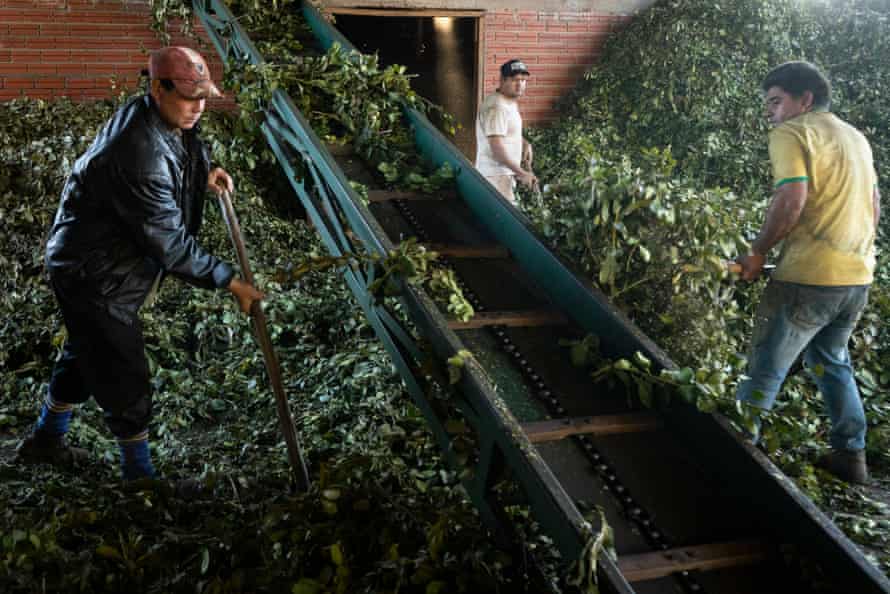

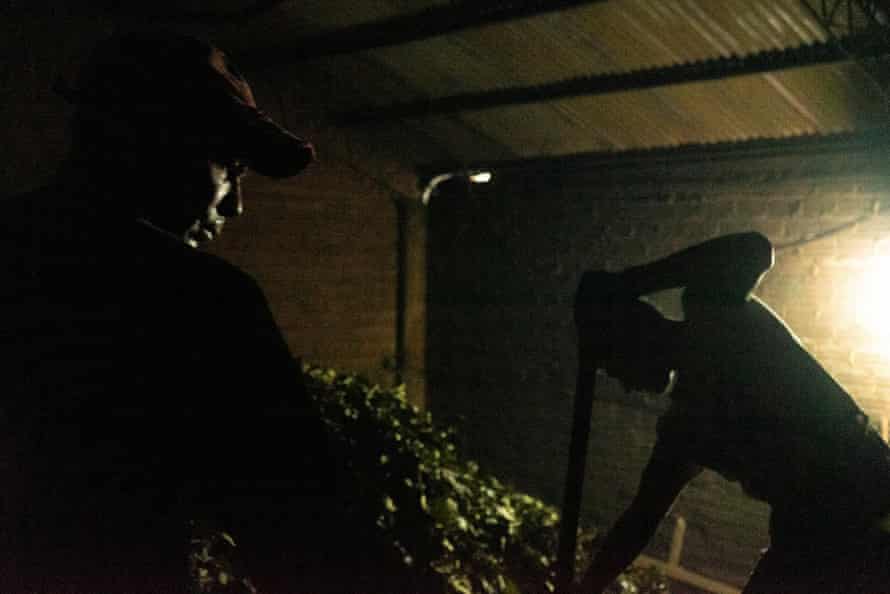
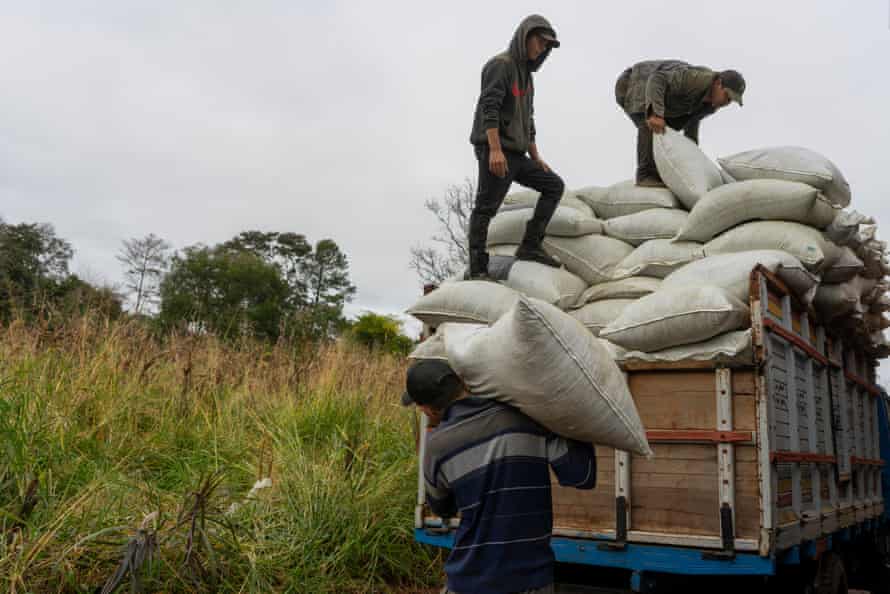
“Since we’ve got organised, [women and men] have been able to work together. It wasn’t like that before. Before, only the men got organised, only they had meetings. We women stayed at home,” she says.
As well as running workshops on gender issues, and fully participating in decision-making and yerba mate production, the women of Onondive have their own projects, such as an initiative to cultivate medicinal plants both for export and to commercialise their own products.
“When we sell the herbs, we’ll be able to manage our own money as protagonists in our homes,” says Sanchez.
Onoiru’s model is producing great dividends for its members. Pedro Vega says that, as sales have increased and more members have joined, yerba production has grown from 864kg in 2015, the first year of sales, to about 220 tonnes in this year’s ongoing harvest.
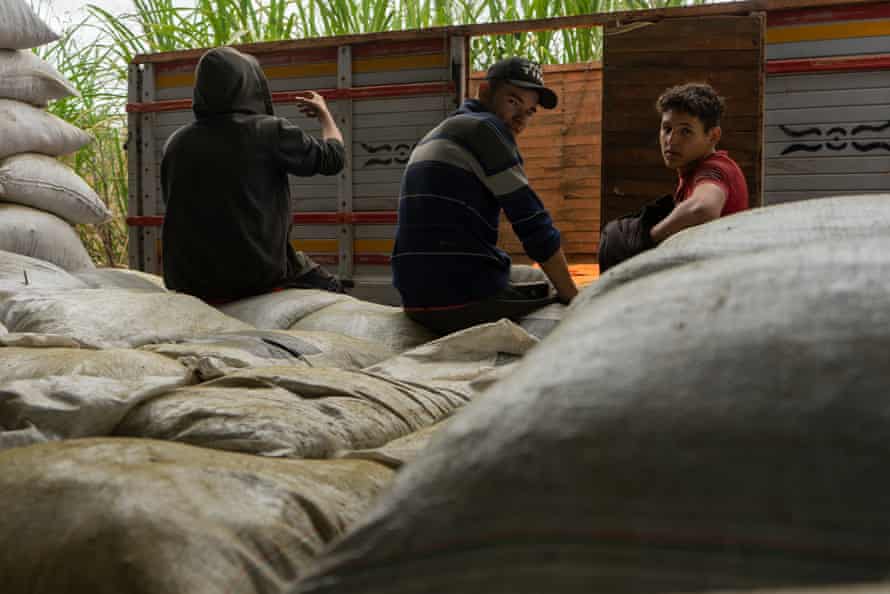
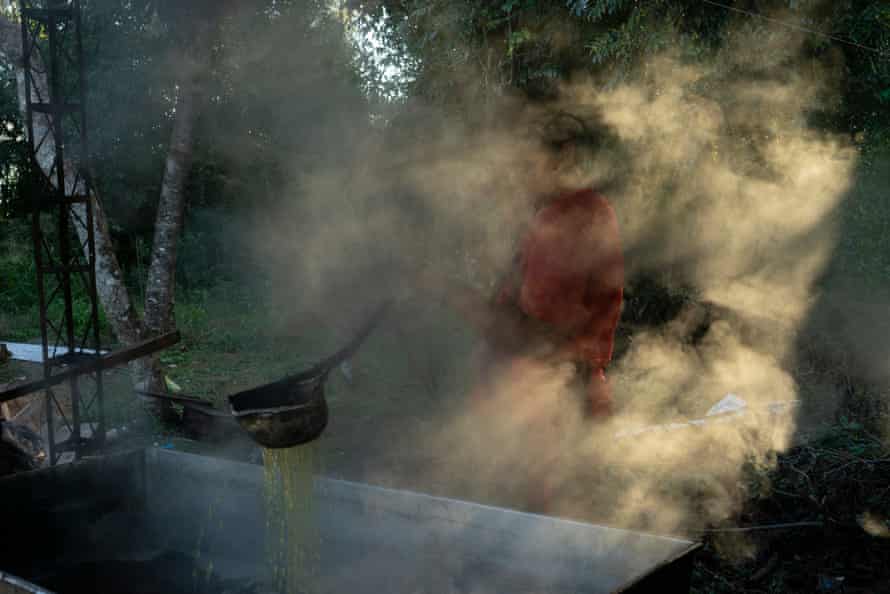
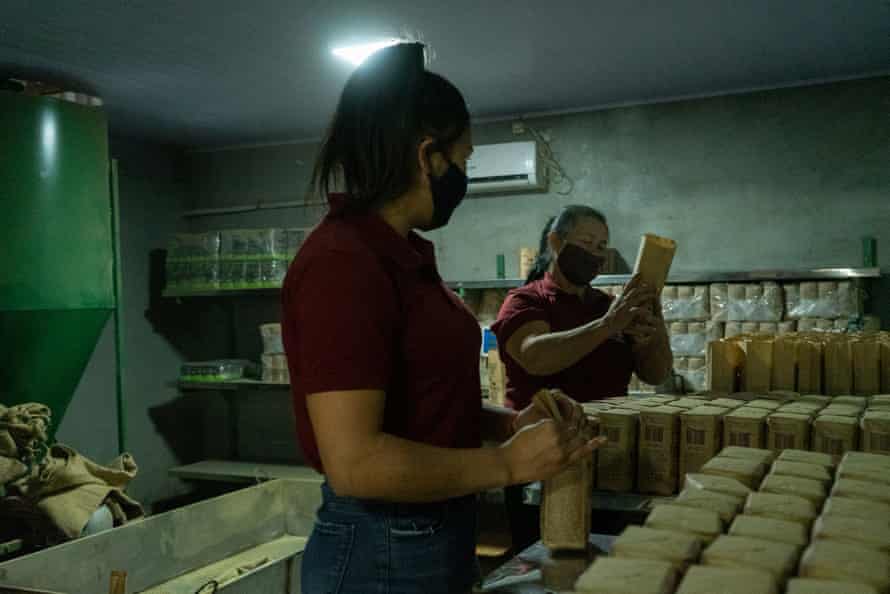
The product’s popularity in urban centres such as the capital Asuncion is rocketing, and Onoiru is exporting to Argentina, the US and Russia as international interest in the leaf increases.
Back by the barbacua, the workers load more logs on to the drying oven’s fire, prepare fish to be grilled over red embers, and place a metal kettle by the campfire to boil. The hot, stimulating sips of mate will be their constant comfort as they watch over the precious load of leaves through the cold night.

